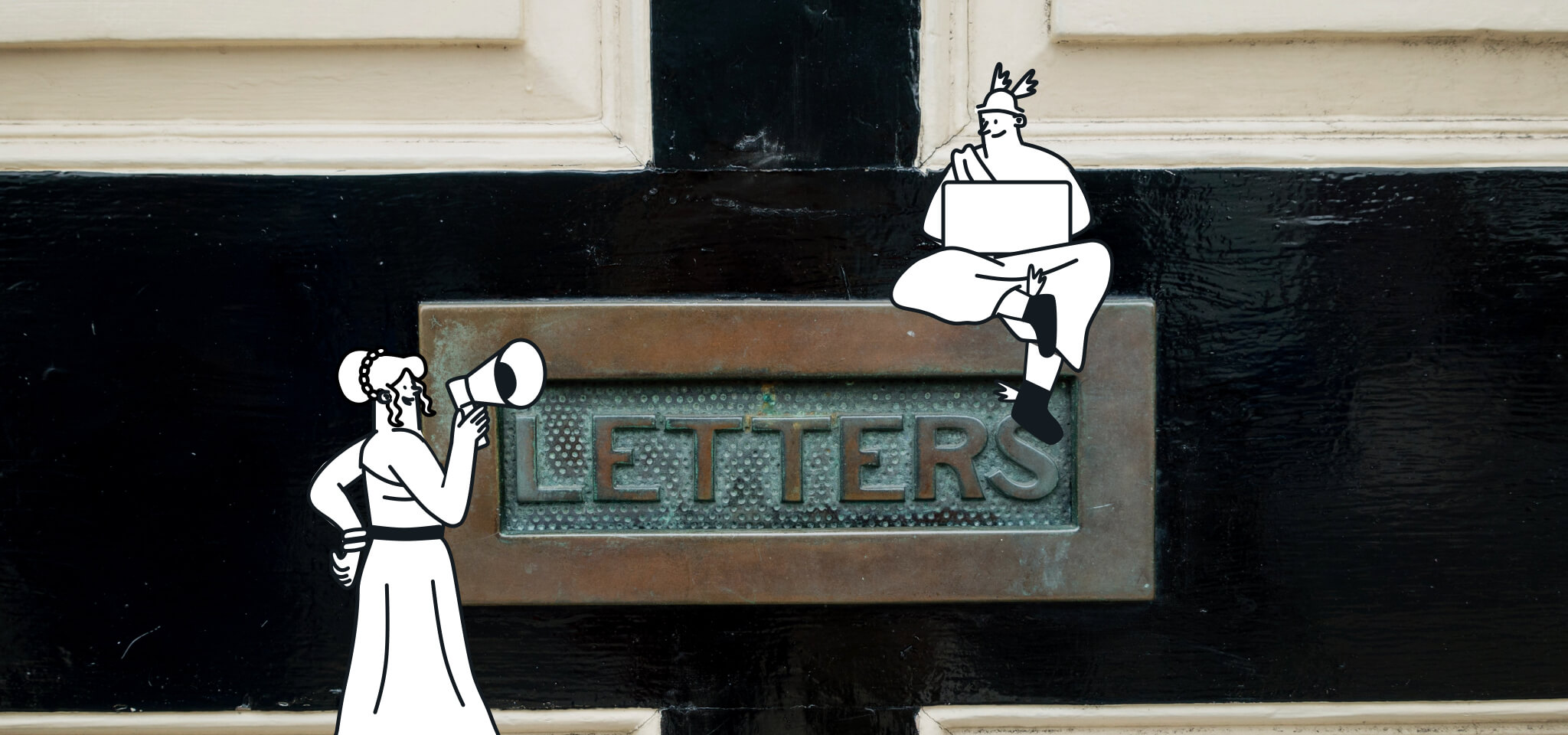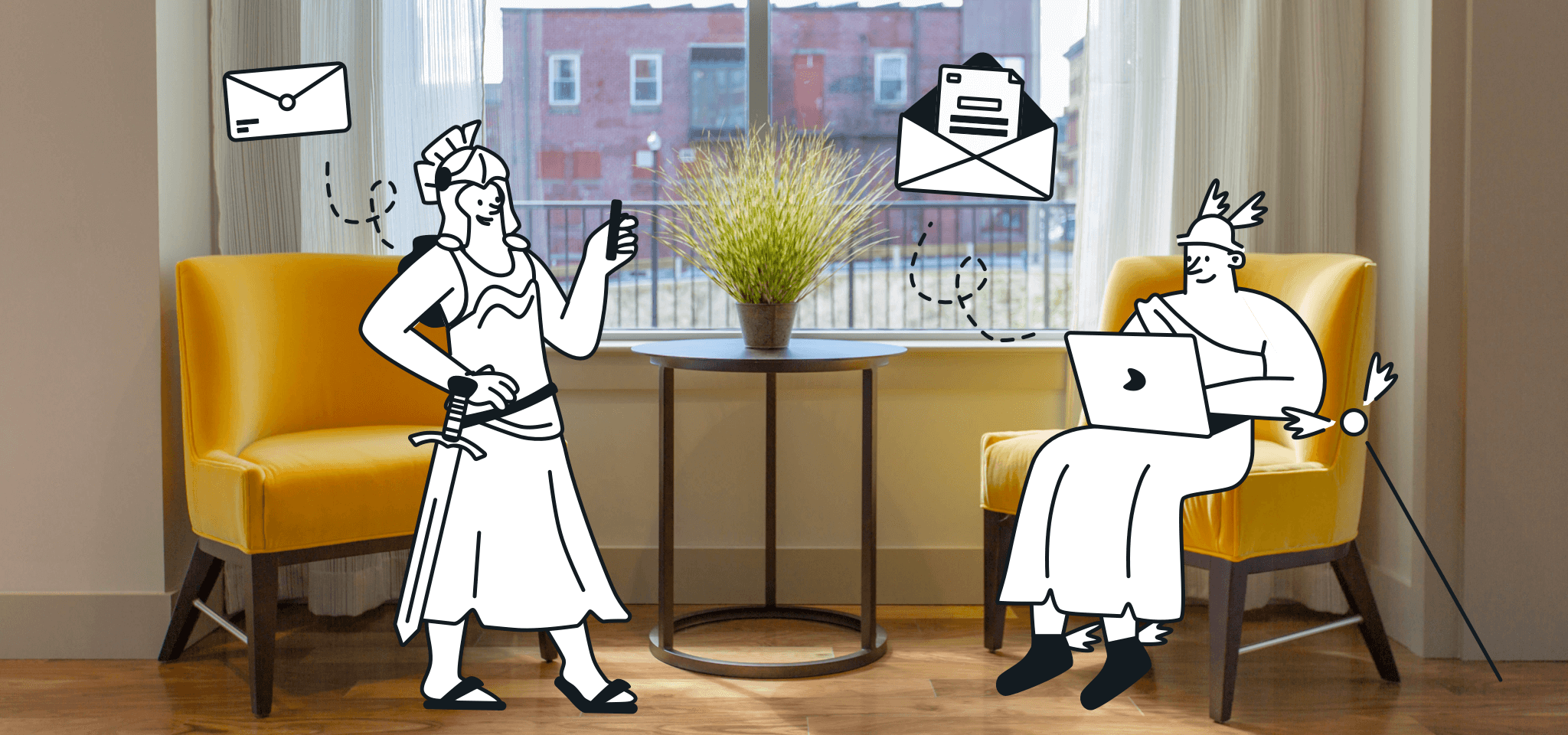Email Best Practices
Creating a successful email newsletter campaign in 5 steps
We take you through the 5 steps of creating a successful email newsletter campaign.

PUBLISHED ON
Perhaps you’ve been thinking about starting your first email newsletter campaign but don’t know where to start. Or maybe you’re looking for an actionable resource for getting your overall strategy pieced together. Look no further. This post is intended for anyone looking to get started with an email newsletter campaign.
In this guide we’ll take you through the most important steps in planning and executing a email newsletter campaign. Knowing that every business is different, we have created this guide to be used by virtually anyone looking to create newsletter campaigns that are targeted, relevant and goal-oriented. Let’s get going!
1. Define your audience
A key starting point in building your newsletter strategy is to consider who you want to reach with your message. Defining your audience is essential to the success of your campaign because you need to understand what needs and wants your potential readers have in order to meet these needs and wants with a fitting offer in your emails. You need to provide value in your newsletters that appeals to your audience.
So think about who you want to reach with your emails and try to be as specific as possible. Consider things like demographics, location, and interests. If you're aiming at reaching a global audience it can be hard to get precise in your definition, but in that case you need to craft a message that appeals to a broad audience.
2. Set goals
The next step is focused on goals: what do you want to achieve with your email newsletter campaign? Some examples could be to drive traffic to your website, to increase sales on your online shop, or to invite people to upcoming events. Setting goals gives your newsletter campaign a purpose and helps you measure the performance of your efforts.
It can be useful to follow the SMART principle, an acronym for Specific, Measurable, Attainable, Relevant, Time bound. Essentially though, you need to set goals that make sense to you and your business.
3. Build your contact list
Once you know who you want to reach and why, it's time to get down to business and build a contact list with all the people you'll be sending your newsletters to. How you do this really depends on your business, but essentially you want to make it easy for your visitors to leave their e-mail address and sign up to your list. The most common way to do this is by adding a sign-up form to your site or Facebook page. Remember to confirm your sign-ups by using double opt-in to make sure that the email addresses are valid and that users are actually interesting in receiving your newsletter.
To encourage people to sign up, make sure to give them an incentive to sign up. The value you offer in exchange for their contact information should reflect the goals you set in step two. So for example, if your goal is to increase sales, offer people discounts or special offers for signing up. If you want to increase traffic to your website, your offer could be to keep people updated with the latest news from your site.
Something you should definitely refrain from doing is to buy contact lists or to send emails to people that have not asked for it. These are sure ways to get to blocked or marked as spam by users and are considered bad practices by email service providers.
4. Plan your newsletter content and sending frequency
Now that you have built a contact list, you're ready to start planning and creating your content. This is a phase you should spend a good amount of time on since the success of your newsletter campaigns relies on your content. It needs to appeal to your audience and be focused on achieving the goals you have set.
Start pooling ideas that could be used for content together, always keeping your audience and goals in mind. Once you have enough ideas, create a schedule for planning your newsletters. In this schedule you should decide on the frequency of your newsletters (daily, weekly, monthly?), so you can plan getting your newsletters ready accordingly.
If you don't know how often you should be sending your newsletter, test different frequencies and see how your audience reacts. A way to do this is by starting out with a weekly or monthly newsletter, then trying out with more frequent newsletters and compare the results.
5. Send, track, optimize
With your content ready to go, it's time to start sending your newsletters. The easiest way to go is by using an email service that lets you integrate your contact list, create your newsletter layout, and send your emails in one platform - like for example Mailjet. Find a platform that fits your needs: go for an easy to use platform if you're not experienced with design or the technical aspects, or select a more flexible platform if you have your own HTML and want to design every detail.
Make sure to choose a service that offers tools for tracking and analyzing the newsletters you send, since it's important to see how your audience responds to the emails you're sending them. Most newsletter services offer tracking of delivery, opens, clicks, and unsubscribes, which are the essential figures in measuring your efforts. Check out our blog post on the KPIs you should be monitoring here.
Once you've sent your first few newsletters, the opens and clicks should give you an initial idea about how your audience is reacting to your emails. This data is a great source for deciding how to optimize your future newsletters, since it tells you which elements of your newsletter can be tweaked: if your open-rate is low, perhaps your subject line isn't clear enough. If only few people click on the links in your newsletter, try to make your call-to-action (CTA) stand out more. If a lot of users are unsubscribing, take another look at your contact list or try grouping your contact list into more specific segments to get a more narrowing targeting.
Tracking results and optimizing your newsletters should be an ongoing process that you keep doing to continually improve your results. Even when you reach positive results, try aiming even higher and find things that can be improved even further. For example, try experimenting with different fonts, colors, or number of images.
Achieving success with an email newsletter campaign requires careful consideration, planning and continuous iteration. By following the this guide, you'll be well on your way to create powerful messages that will capture your audience and create great results for your business.
[ Posted Mon, 14 Jul 2014 13:45:20 ]








